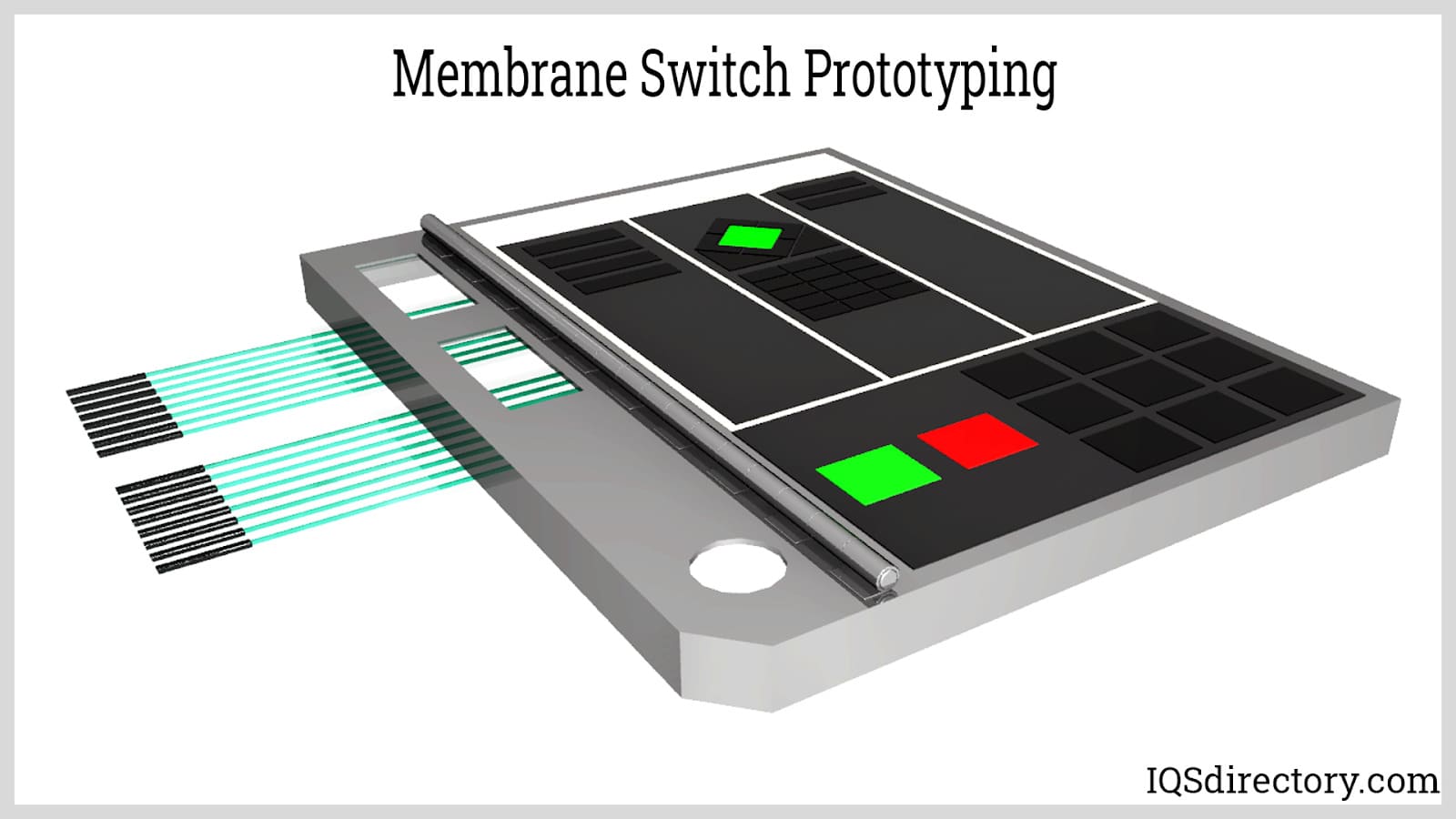The Total Overview to Membrane Switch Innovation and Its Applications
Understanding the Functionality of Membrane Layer Switches Over for User User Interface Tools
The capability of membrane layer switches stands for a considerable innovation in individual interface layout, combining effectiveness with visual versatility. These switches run via a multi-layered structure that translates individual communications into electrical signals, enabling both portable layouts and durability against environmental elements. As markets significantly focus on user experience, comprehending the subtleties of membrane layer switch modern technology becomes vital. What effects do these advancements hold for future applications, and just how might they redefine user interactions across various devices?
What Are Membrane Buttons?
Membrane layer buttons are cutting-edge user interface devices that facilitate user interaction with electronic devices. These flexible components contain numerous layers, consisting of a graphic overlay, spacer, and a published circuit layer. The layout permits a smooth assimilation right into different electronic tools, boosting both the aesthetic and practical elements of interface.
Membrane buttons are generally utilized in a vast array of applications, from household devices to commercial machinery and medical devices. Their building generally includes a thin account, making them an optimal choice for compact layouts. The tactile responses offered by these buttons can be crafted to meet particular user choices, making certain efficient interaction between the customer and the device.
Resilience is one more substantial benefit of membrane switches, as they are immune to dust, wetness, and chemicals, which boosts their life expectancy sought after atmospheres. Additionally, these buttons can be customized in regards to form, dimension, and graphic layout, permitting branding and user-specific functions. On the whole, membrane changes stand for a useful remedy for enhancing individual experience in digital devices, integrating capability with aesthetic appeal in an effective fashion.
Exactly How Membrane Layer Switches Over Work
Operating on a simple principle, membrane switches over use a split building and construction to register user input efficiently. Each button contains multiple layers, including a printed circuit layer, a spacer layer, and a top graphic layer, which are created to collaborate effortlessly. When a customer presses the top layer, it compresses the spacer layer, bringing the conductive elements of the circuit layer right into call with each other.
This get in touch with develops a closed circuit, signaling the gadget to execute a details feature. The layout enables numerous configurations, including tactile comments, which can boost the customer experience by supplying a physical experience upon activation. The materials made use of in membrane switches often include versatile substrates, such as polyester or polycarbonate, which make sure resilience and resilience against damage.

Trick Advantages of Membrane Layer Switches

An additional significant advantage is their density. official website Membrane buttons are thin and light-weight, which allows manufacturers to save space in their gadgets without compromising functionality. This attribute is particularly valuable in applications where weight and volume are critical considerations.
In addition, membrane buttons are resistant to dust, dampness, and chemicals, enhancing their toughness. This resilience prolongs their life-span and decreases the demand for frequent replacements, causing cost financial savings over time.
Moreover, the tactile responses offered by membrane buttons can be maximized to enhance user interaction. They can include functions such as elevated buttons or audible clicks, enhancing functionality and customer experience.
Applications Across Industries
Individual user interface gadgets making use of membrane layer switches prevail in a broad array of markets, showcasing their adaptability and capability. Membrane Switch. In the medical field, membrane layer buttons are important to devices such as analysis devices and client surveillance systems, where their durability and convenience of cleaning are critical for maintaining hygiene standards. In the automobile sector, these buttons are used in control panel controls and infomercial systems, supplying a streamlined and modern-day user interface for users.
Furthermore, the consumer electronics field take advantage of membrane layer switches in appliances and handheld gadgets, where small style and easy to use interfaces boost customer experience. Industrial applications likewise take advantage of membrane switches over for control panels in machinery and automation systems, stressing their toughness and resistance to rough settings.
In the aerospace and protection industries, membrane buttons are used in cockpit controls and equipment, where integrity and why not try these out performance under extreme problems are vital. Additionally, the pc gaming market increasingly incorporates membrane buttons in controllers and game equipments, contributing to an engaging customer experience. Generally, the adaptability of membrane switches over allows their widespread usage across numerous fields, highlighting their significance in modern-day interface layout.
Future Trends in Membrane Layer Switch Modern Technology

Furthermore, using sophisticated materials, such as polycarbonate and polyester movies, is expected to increase, supplying boosted durability and resistance to ecological stress factors. These materials add to the general durability of membrane layer buttons, making them suitable for harsher industrial applications.
In addition, the consolidation of wise technology, including IoT connection, will allow membrane switches to communicate with various other devices and systems, promoting a much more interactive individual experience. This pattern straightens with the growing need for clever gadgets across different sectors, from healthcare to consumer electronic devices.
Last but not least, customization options are prepared for to increase, enabling manufacturers to develop bespoke options customized to details individual needs and choices. These developments will certainly position membrane buttons as necessary components in the evolution of interface modern technology.
Final Thought
In final thought, membrane changes represent an essential advancement in interface innovation, offering a trustworthy and versatile solution for varied click this electronic applications. Their split building and construction assists in portable design, while functions such as tactile feedback enhance user interaction. The longevity against ecological elements further strengthens their energy across multiple industries. As innovations in product science and touch noticing modern technologies proceed, the functionality and applicability of membrane layer switches are anticipated to broaden, reinforcing their significance in contemporary electronic devices.